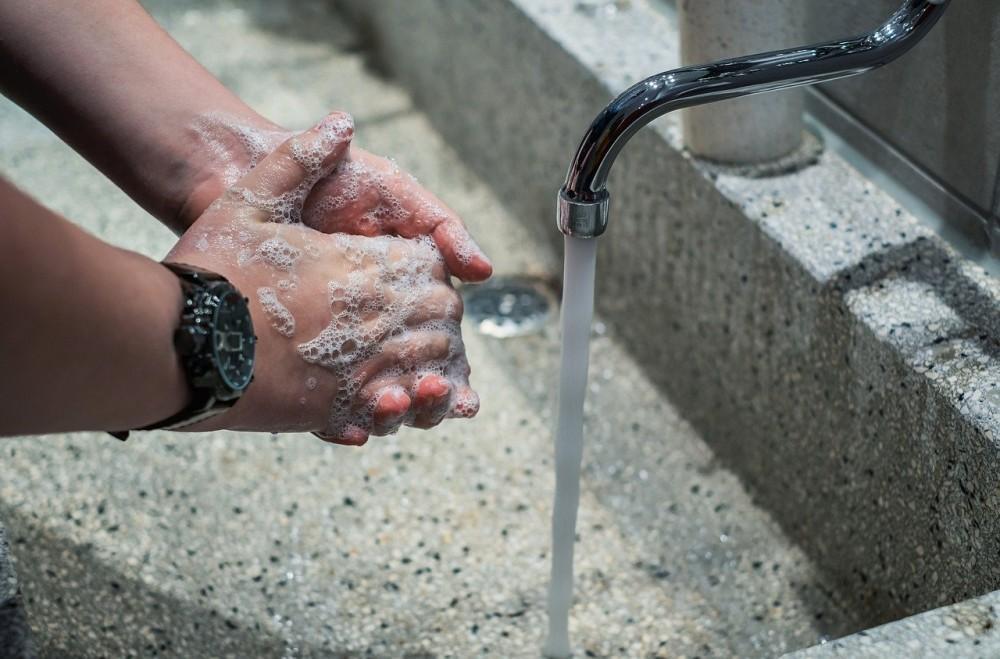As children, we are taught to wash our hands before meals, after playing outdoors and using the restroom. Our elders teach these habits to us for a reason. Handwashing is one of the best ways to prevent the transmission of germs and reduce the chances of diseases.
December 6th to 12th is the National Handwashing Awareness Week in the United States. With the COVID-19 pandemic still lingering around, it is even more important for us to emphasize hand hygiene this year to keep ourselves and our families strong and protected.
The Importance of Hand Hygiene
To protect yourself and your loved ones from diseases, you must implement proper hand hygiene practices.
Every day, we use our hands for so many different purposes; we cook, eat, clean, use the toilet, shake hands, and touch objects that might be contaminated with them. Such activities can cause germs to settle on our hands. When they enter the body, these germs cause diseases like food poisoning and flu and more serious viruses (coronavirus, norovirus, adenovirus) and respiratory infections.
Handwashing is the first and the most basic step in the process of infection control. A single gram of feces contains around 1 trillion germs. Not washing your hands after excreting can cause these germs to enter your body.
We touch our face, mouth, nose and eyes unconsciously throughout the day. These body parts are the pathways for germs to enter our bodies. When you touch food or drinks with unwashed hands, it can make it contaminated, and consuming contaminated food increase chances for diseases like diarrhea.
Handwashing, especially with antibacterial soaps, not only makes your hands look clean, but it also washes away germs, preventing them from entering your body.
11 Handwashing Steps by the World Health Organization
The World Health Organization has laid down 11 easy steps for handwashing that you can implement in your life and teach your loved ones as well during this National Handwashing Awareness Week:
- Wet your hands with water.
- Take a decent amount of soap in your hands that will be enough to cover them entirely.
- Rub your palms together to lather up the soap.
- Place your right palm on the upper surface of your left hand, interlace your fingers and rub. Repeat vice versa.
- Place your hand together, palm to palm. Interlace your fingers and rub.
- Rub backs of fingers to opposing palms with your fingers interlocked.
- Clasp your left thumb in your right palm and rub it in a circular motion. Repeat for the right thumb.
- Using the fingers of your right hand, rub the palm of your left hand in a circular motion. Repeat vice versa.
- Rinse the soap off your hands with water.
- Use a single-use, disposable towel and dry your hands.
- Use the towel in your hand to turn off the running water faucet.
- Your hands are now clean and safe!
National Handwashing Awareness Week 2020
According to the CDC, the global rate of handwashing after using the toilet is only 19%. It’s about time we change this number. This year, during the National Handwashing Awareness Week, make a pact with yourself to wash your hands after using the toilet, before eating meals, after coughing or sneezing and coming in contact with contaminated surfaces. Teach your young ones to do the same and emphasize the importance of hand hygiene, so they grow up to be healthy, strong and safe.
Health One Family Medicine encourages you to celebrate National Handwashing Awareness Week 2020 in full spirit and to play your part in spreading knowledge about good hand hygiene habits. Get in touch with us by visiting our website. You can also call us at (469)262-5762 to book an appointment with a physician today.

